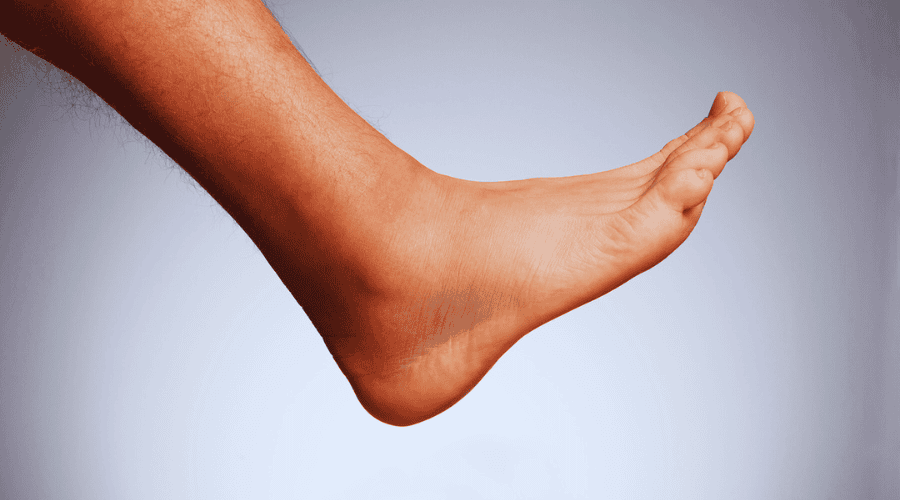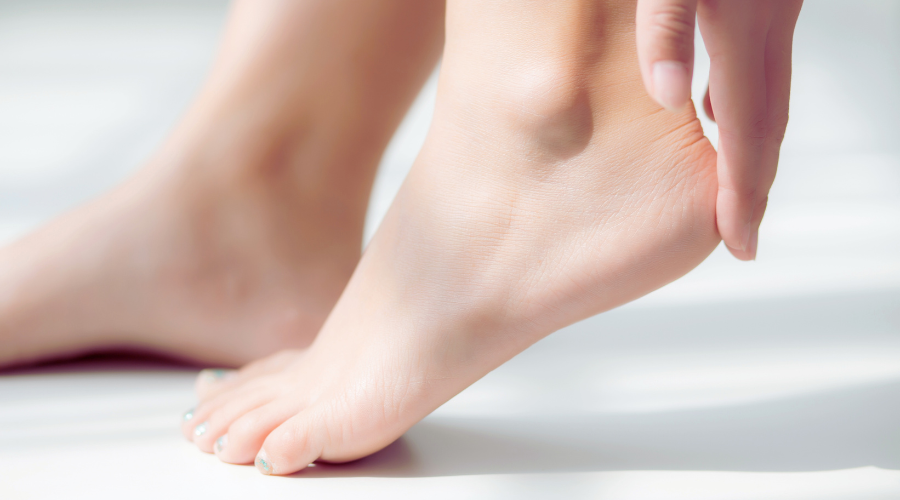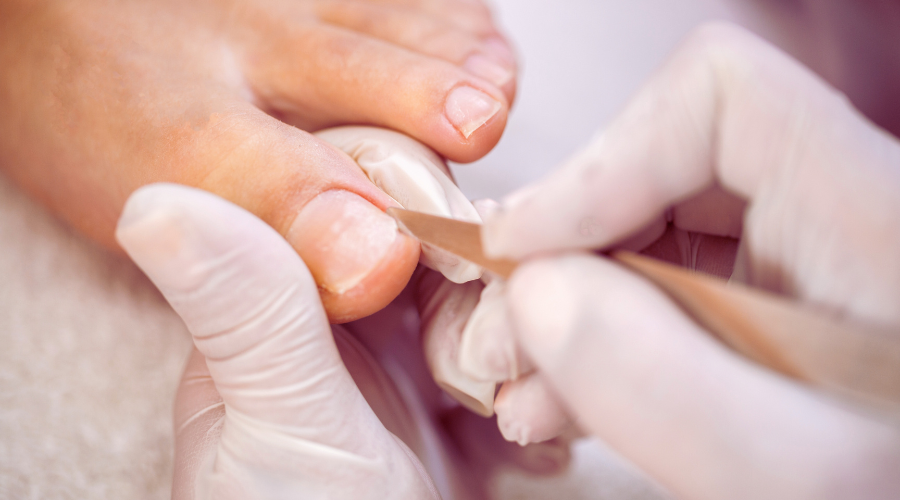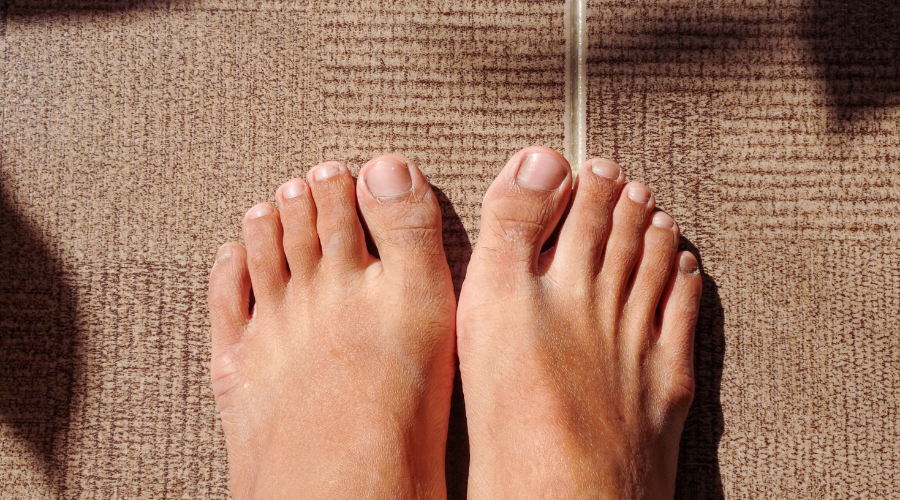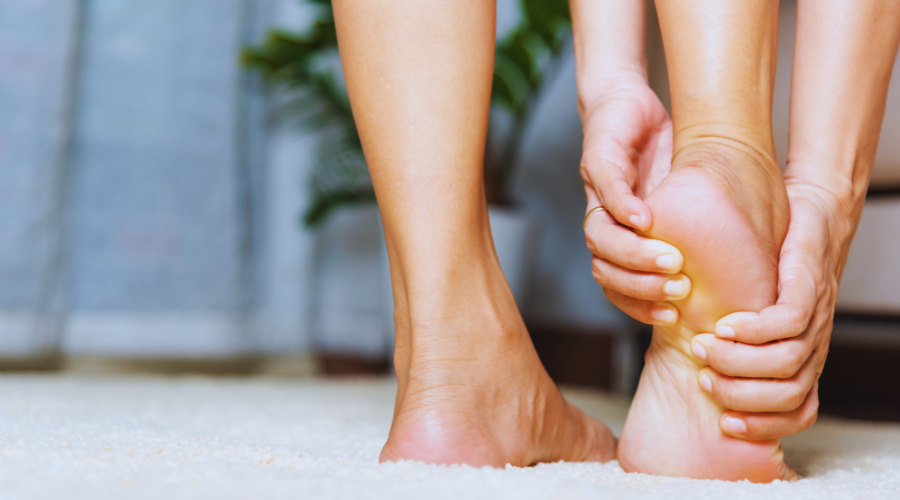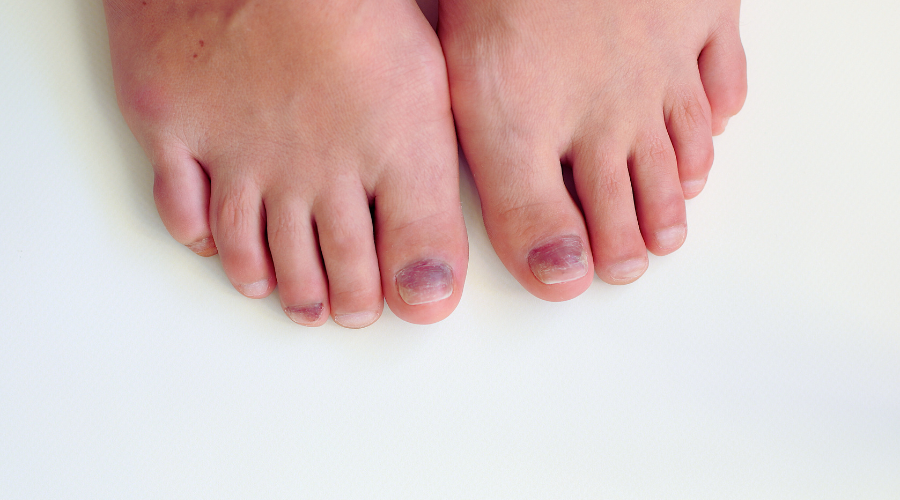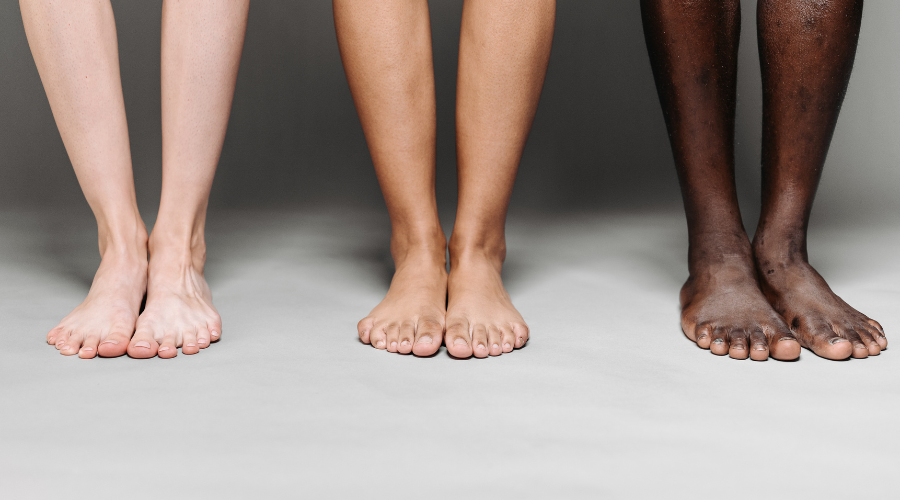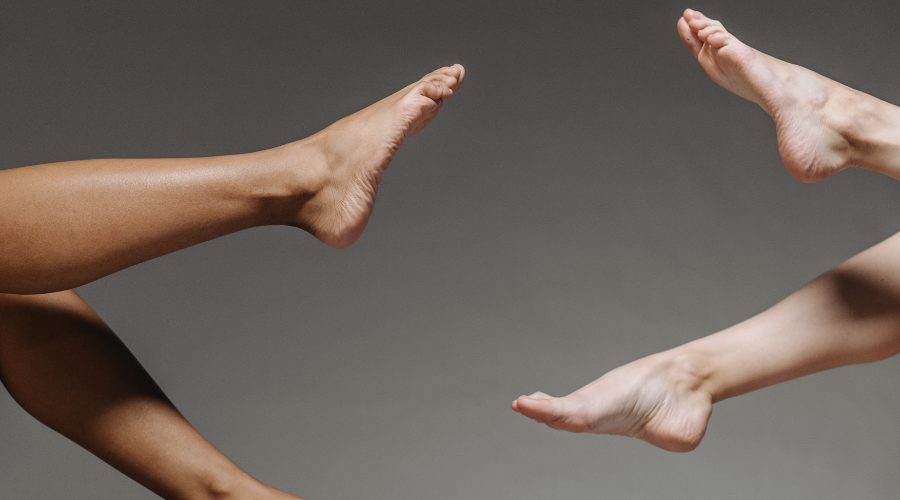Ingrown toenails are a common nail condition that is seen by our podiatrists at The Foot Hub. An ingrown toenail is where the corner or side of a toenail grows into the flesh. Once the edge of the nail breaks through the skin, it causes inflammation. They can be painful and at times be disruptive to one’s daily routine.
There are many causes that can result in someone having an ingrown toenail but one common question that we get asked by our patients is whether or not exercise such as running, can cause ingrown toenails.
Does Running Give You Ingrown Toenails?
A new research study by Pico et al examined a population of young people (aged between 16 and 27 years) to see if factors such as nail shape and consistency, gender and sports activity lead to the development of nail conditions.
Their aim was to find the most common nail conditions and whether there was any relation between sports activity and nail disorders.
The researchers looked at the nail plates of 140 young people, (66 females and 74 males). 72 of the participants were runners who ran more than 10 hours a week and competed regularly, and 68 did not do any sports activity.
These were some of the results seen from their research:
- Ingrown toenails have a high incidence among young people with 39.2% of the participants having an ingrown toenail.
- The most common nail consistency (nail consistency being the ability of your toenail to bend under pressure) was medium at 65%, followed by hard at 28% and then soft at 7%.
- There was a significant difference in nail consistency in the two groups. Participants who ran had a harder nail consistency compared to those who did not, having a medium or soft nail consistency.
Ingrown toenails were more common in women especially those who did not run. This could possibly due to women wearing narrow, high heeled footwear.
- However in men, the opposite was true, those who ran had a higher incidence of ingrown toenails.
- Hard nail consistency was more common in participants who ran. This is because, during continuous running, the nail is repeatedly pounded which can increase nail consistency.
- Harder nail consistency was more common in men than women and particularly those who ran.
- Runners with hard nail consistency had a higher incidence of ingrown toenails.
In other words, men who run and have thicker toenails have a higher chance of getting an ingrown toenail.
- Softer nail consistency was only present in 30% of people who ran and double in those who did not run.
- There was no statistically significant relationship between nail shape and ingrown toenails.
- There was no relationship between how participants cut their toenails and having an ingrown toenail.
So does running cause ingrown toenails?
It depends on whether you are male or female. Men who run tend to develop thicker toenails which increases their chances of getting an ingrown toenail. For women narrow high heeled shoes continue to be the number one cause of ingrown toenails. Running causes nail micro-trauma which can lead to other nail pathologies, ingrown toenails being the most common. The researchers did not look at distance ran among men and women and whether this had an impact.
How To Avoid Ingrown Toenails
- Footwear! Podiatrists will continue to sound like broken records when it comes to footwear. It is very hard to deny the impact that footwear can have on your feet. Avoiding narrow fitting shoes for daily activities and also whilst running can help prevent ingrown toenails. It’s worth reading our other blogs on this topic – ‘5 signs its time to replace your running shoes‘ and ‘Oh those high heels’ .
- Routine foot care by a trusted podiatrist. Reducing toenail thickness can help prevent ingrown toenails especially if you are an active person. This involves visiting your Podiatrist once or twice a year to have your nails burred down.
- Ingrown Toenail Surgery. If the ingrown nail is recurrent we may recommend a minor surgical procedure (Partial Nail Avulsion) where we remove a portion of the nail along with the underlying tissue. By applying a chemical (Phenol) at the nail root this procedure, in 97% of cases, permanently prevents the offending portion of the nail from growing again.
If you have a troublesome ingrown toenail and interested in ingrown toenail treatment options, book an appointment with The Foot Hub today and have a chat with our Sydney podiatrists.





